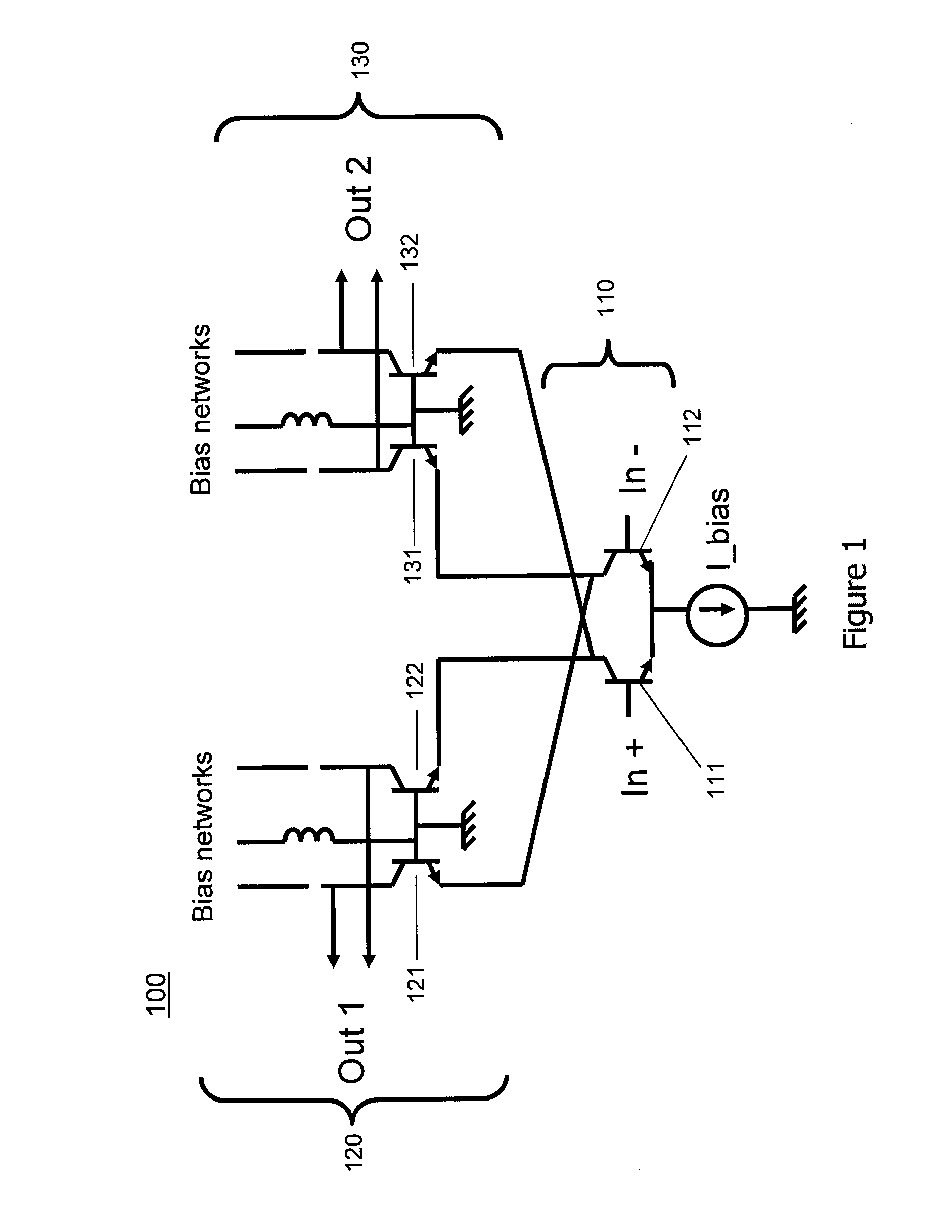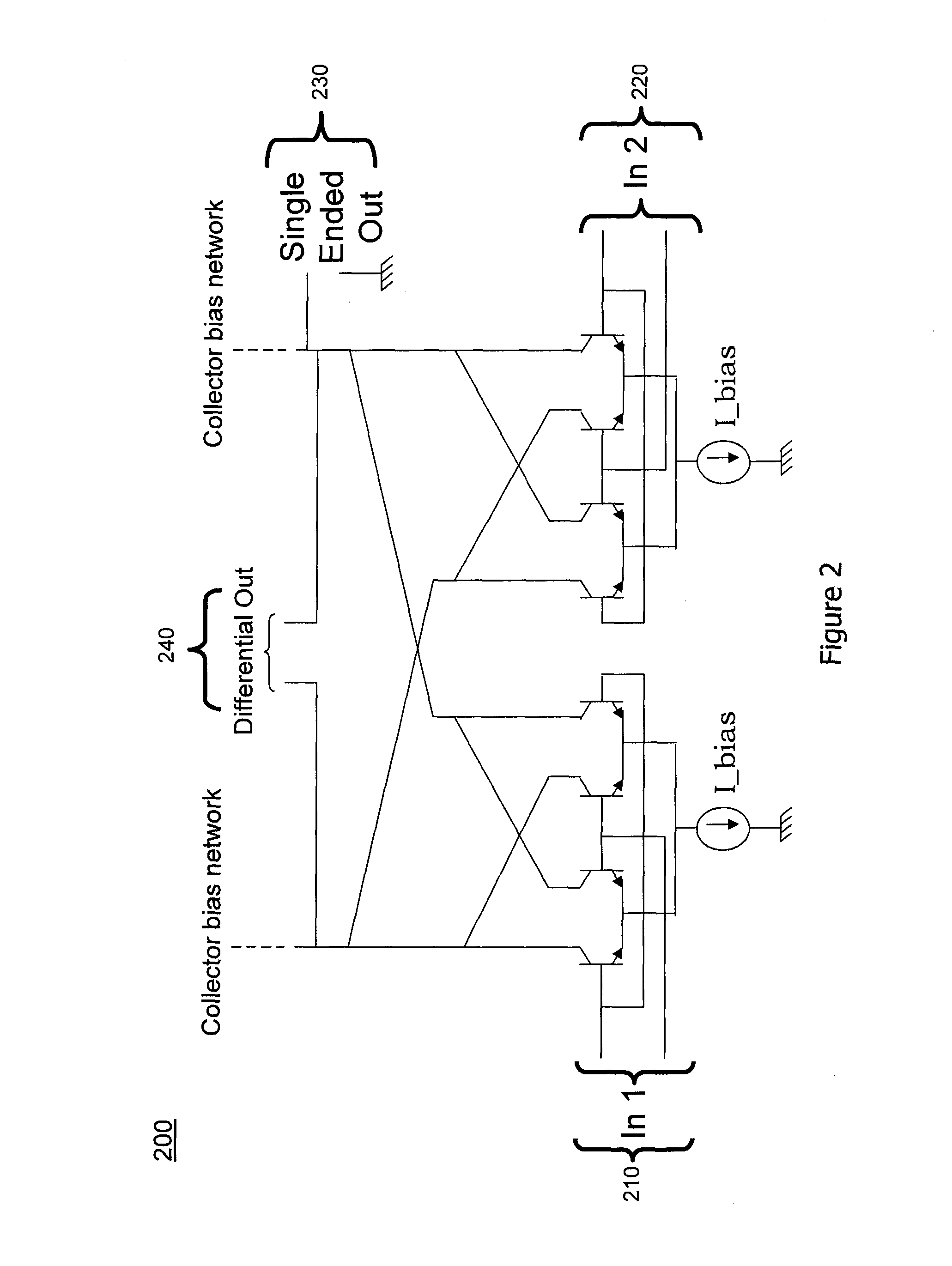Half-duplex phased array antenna system
a phased array antenna and phased array technology, applied in the direction of duplex signal operation, polarised antenna unit combination, wireless commuication services, etc., can solve the problems of increased cost and complexity of the architecture, increased complexity of the electronic steerable phased array antenna, and increased physical size of the switched delay line, so as to improve the system capacity and flexibility, optimize the effect of system availability and increased capacity and availability
- Summary
- Abstract
- Description
- Claims
- Application Information
AI Technical Summary
Benefits of technology
Problems solved by technology
Method used
Image
Examples
Embodiment Construction
[0025]While exemplary embodiments are described herein in sufficient detail to enable those skilled in the art to practice the invention, it should be understood that other embodiments may be realized and that logical material, electrical, and mechanical changes may be made without departing from the spirit and scope of the invention. Thus, the following detailed description is presented for purposes of illustration only.
[0026]A phased array antenna generally comprises multiple radiating elements, with each radiating element having a polarization component. In an exemplary embodiment, the radiating element has spatially orthogonal linear polarizations, spatially and electrically orthogonal circular polarizations, or spatially orthogonal and electrically non-orthogonal elliptical polarizations. In an exemplary embodiment, a phased array antenna comprises various components. The various components may include a vector generator, an active power splitter, an active power combiner, or t...
PUM
 Login to View More
Login to View More Abstract
Description
Claims
Application Information
 Login to View More
Login to View More - R&D
- Intellectual Property
- Life Sciences
- Materials
- Tech Scout
- Unparalleled Data Quality
- Higher Quality Content
- 60% Fewer Hallucinations
Browse by: Latest US Patents, China's latest patents, Technical Efficacy Thesaurus, Application Domain, Technology Topic, Popular Technical Reports.
© 2025 PatSnap. All rights reserved.Legal|Privacy policy|Modern Slavery Act Transparency Statement|Sitemap|About US| Contact US: help@patsnap.com



